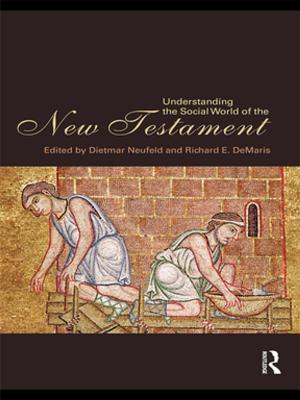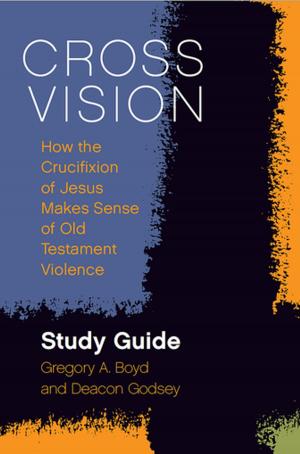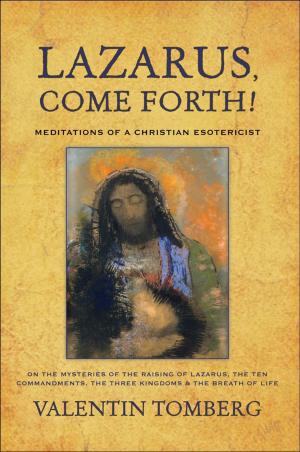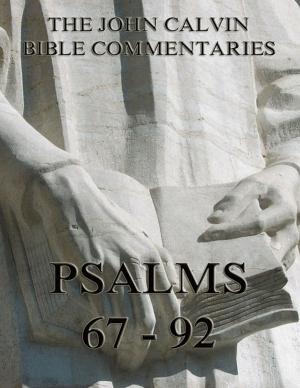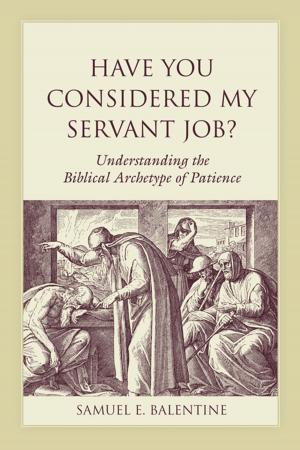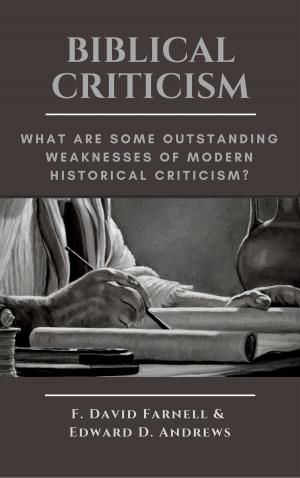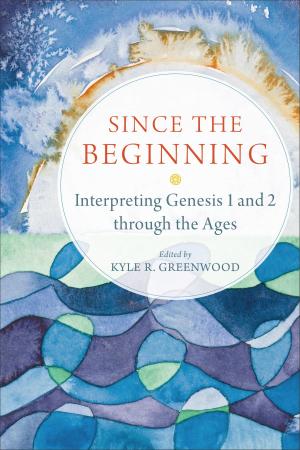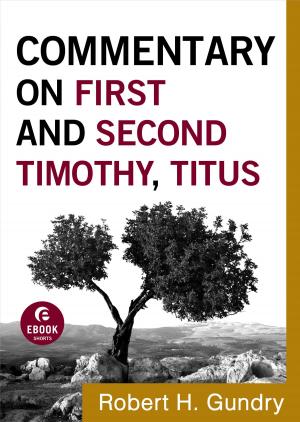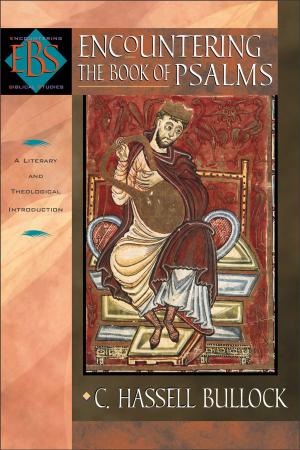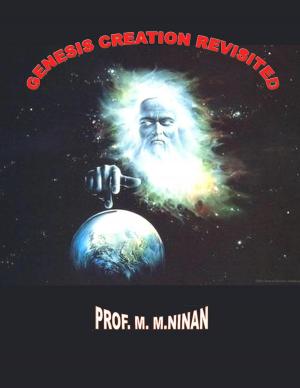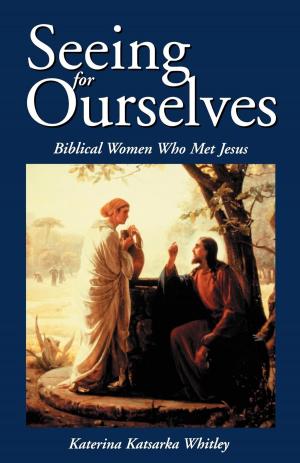Miraclescam
Nonfiction, Religion & Spirituality, Other Practices, Atheism, Bible & Bible Studies, Criticism & Interpretation| Author: | Frank Goodwilie | ISBN: | 9780957346604 |
| Publisher: | Frank Goodwilie | Publication: | December 15, 2012 |
| Imprint: | Smashwords Edition | Language: | English |
| Author: | Frank Goodwilie |
| ISBN: | 9780957346604 |
| Publisher: | Frank Goodwilie |
| Publication: | December 15, 2012 |
| Imprint: | Smashwords Edition |
| Language: | English |
For two millennia Christian dogma has forcefully asserted that miracles are real events. This concept is now firmly entrenched in Western thinking. Miraclescam will show that the Bible text claiming to support supernatural ideology is based on distortions of social history.
Plagiarism, deceit, fear, illiteracy - these are not words idly chosen for dramatic effect. They are social mechanisms used by early religious and military leaders to alter the peoples understanding of nature and force an inherently flawed system of belief upon society. Miraclescam will outline the steps that have led us from a natural understanding of Bible stories in the distant past to the flawed literal interpretations that burden our understanding today. Along the way we will learn how to re-interpret miracle stories within their original context.
Deceit is the practice of concealing information in order to confuse others, and for those awkward moments when a skeleton threatens to rattle its way out of our secrets closet we each carry within us an emergency pack of lies. It contains a variety of falsehoods designed for immediate use – from the “I didn’t do it” of a shamefaced child, through the “No comment” that avoids disclosure, to the creative deceit employed by a career criminal. This book is about an even greater social deceit.
Use of the emergency pack during childhood, develops our awareness of misleading statements. Therefore when I say “Miracle stories are true while the supernatural events they contain are false”, the true/false contradiction may alert you to the possibility of deception in the following pages. This book however was not written to deceive or confuse, or for entertainment. Miraclescam is expository – its purpose is to separate natural fact from supernatural fiction and reveal the single most effective deception that for almost two millennia has divided our society.
Christian claims that supernatural events have taken place drive believer and non-believer apart, and there is a general feeling that no common-sense point of view can bring the two together – right?
Wrong! Opposed points of view cannot both be logically correct, and with regard to miracle stories, both believer and nonbeliever are confused for the same reason: the original method used to record and interpret social information has been removed from history. Early Christian and Roman leaders introduced laws banning the original cultural form of communication causing it to be ‘left out’ of Western historical records. Our lack of awareness of the banned form of communication makes literal interpretation of miracle stories not just difficult, but impossible.
It can also cause readers to doubt the earlier presence of a culturally different form of communication – one that would regard a miracle story as being naturally true, while at the same time considering the ‘supernatural’ event in the story to be false. This is a legitimate doubt that raises two questions:
1. Can the missing cultural link be found?
2. If so, will it enable us to interpret miracle stories in context and within nature?
The simple answer to what appear to be two difficult questions is ‘Yes’. The missing link connecting supernatural events to nature will be referred to as ‘Allegorised Social History’ (ASH). Allegory can relate to a story, poem, or picture that contains a hidden moral or political meaning. Commonly recognised by all societies, ASH refers to the original form of communication that enabled any person, literate or non-literate, to understand miracle stories in context and within nature.
For your benefit, the meaning of several well-known miracle stories will be outlined using the ASH method. As a further aid to interpreting any miracle story that may pique your interest, a generic ‘tool kit’ consisting of over 200 Bible word translations is included. A theology degree is not required, as common sense is more than sufficient.
For two millennia Christian dogma has forcefully asserted that miracles are real events. This concept is now firmly entrenched in Western thinking. Miraclescam will show that the Bible text claiming to support supernatural ideology is based on distortions of social history.
Plagiarism, deceit, fear, illiteracy - these are not words idly chosen for dramatic effect. They are social mechanisms used by early religious and military leaders to alter the peoples understanding of nature and force an inherently flawed system of belief upon society. Miraclescam will outline the steps that have led us from a natural understanding of Bible stories in the distant past to the flawed literal interpretations that burden our understanding today. Along the way we will learn how to re-interpret miracle stories within their original context.
Deceit is the practice of concealing information in order to confuse others, and for those awkward moments when a skeleton threatens to rattle its way out of our secrets closet we each carry within us an emergency pack of lies. It contains a variety of falsehoods designed for immediate use – from the “I didn’t do it” of a shamefaced child, through the “No comment” that avoids disclosure, to the creative deceit employed by a career criminal. This book is about an even greater social deceit.
Use of the emergency pack during childhood, develops our awareness of misleading statements. Therefore when I say “Miracle stories are true while the supernatural events they contain are false”, the true/false contradiction may alert you to the possibility of deception in the following pages. This book however was not written to deceive or confuse, or for entertainment. Miraclescam is expository – its purpose is to separate natural fact from supernatural fiction and reveal the single most effective deception that for almost two millennia has divided our society.
Christian claims that supernatural events have taken place drive believer and non-believer apart, and there is a general feeling that no common-sense point of view can bring the two together – right?
Wrong! Opposed points of view cannot both be logically correct, and with regard to miracle stories, both believer and nonbeliever are confused for the same reason: the original method used to record and interpret social information has been removed from history. Early Christian and Roman leaders introduced laws banning the original cultural form of communication causing it to be ‘left out’ of Western historical records. Our lack of awareness of the banned form of communication makes literal interpretation of miracle stories not just difficult, but impossible.
It can also cause readers to doubt the earlier presence of a culturally different form of communication – one that would regard a miracle story as being naturally true, while at the same time considering the ‘supernatural’ event in the story to be false. This is a legitimate doubt that raises two questions:
1. Can the missing cultural link be found?
2. If so, will it enable us to interpret miracle stories in context and within nature?
The simple answer to what appear to be two difficult questions is ‘Yes’. The missing link connecting supernatural events to nature will be referred to as ‘Allegorised Social History’ (ASH). Allegory can relate to a story, poem, or picture that contains a hidden moral or political meaning. Commonly recognised by all societies, ASH refers to the original form of communication that enabled any person, literate or non-literate, to understand miracle stories in context and within nature.
For your benefit, the meaning of several well-known miracle stories will be outlined using the ASH method. As a further aid to interpreting any miracle story that may pique your interest, a generic ‘tool kit’ consisting of over 200 Bible word translations is included. A theology degree is not required, as common sense is more than sufficient.

